Samsung and Apple are back in court, but this time it's not just money at stake. The Supreme Court's decision could have a far reaching effect on patent law and innovation in design.
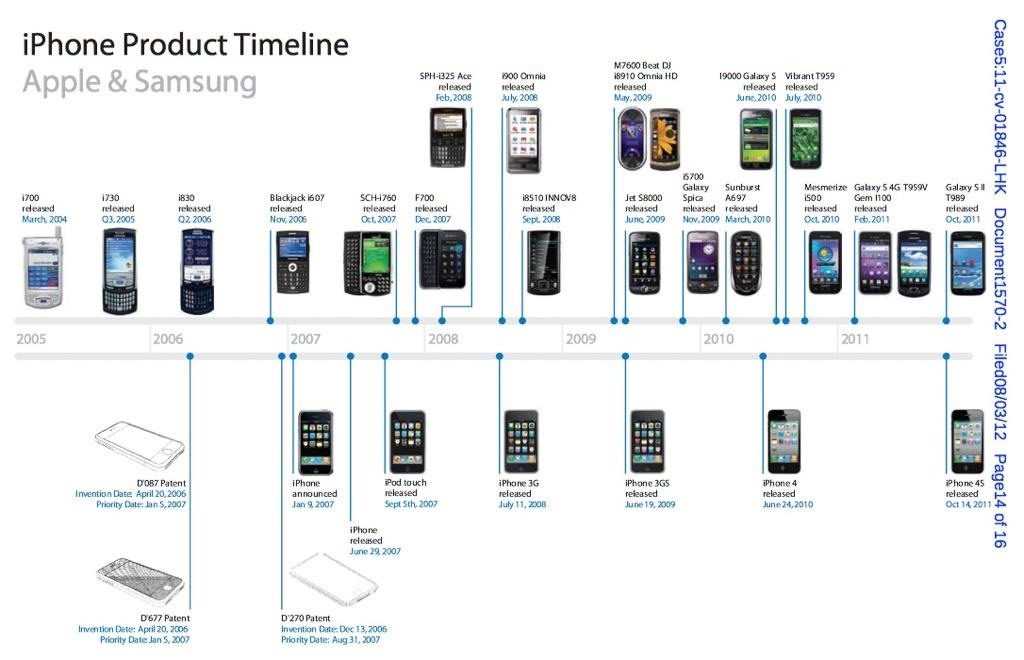
The so-called "Smartphone Patent Wars" began in 2011 when Apple sued Samsung (then the supplier of some Apple components), alleging that the South Korean company had infringed on patents and trademarks for everything from the look and build of the iPhone right down to the color design of the iPhone's user interface. The design elements in question are the rectangular face and round edges, the bezel frame, and the apps layout on the home screen.
Just to clarify, a design patent only covers "any new, original and ornamental design for an article of manufacture." Meaning that if a design is copied, it's reasonable to assume that it was copied in order to fool consumers and not because the product won't work without it.
At this point nobody is arguing that Samsung didn't copy Apple's design. That's a given. What Samsung ostensibly wants now is to lower the amount of money that they would have to pay Apple by a few hundred million. While that is a good chunk of cash for most of us, it's nothing for a company like Samsung—or Apple for that matter. So why is this such a big deal? The Supreme Court doesn't usually hear cases about design patents—so their decision on this could set a new precedent.
Design Patents and the Supreme Court
The original precedent for this sort of case was set nearly 130 years ago when John and James Dobson started copying carpet designs to sell their cheap carpets. Two of the companies whose designs were copied, Hartford Carpet Co. and Bigelow Carpet, brought the case to the Supreme Court and argued that they were entitled to any profits the Dobsons had made from the bootlegged products.
Unfortunately for Hartford and Bigelow, the Court couldn't decide whether it was appropriate to award the total amount of any profits earned solely on the basis of design. The idea being that people are ultimately buying carpets for how well they function as carpets, not because they look pretty. Big Carpet was not happy and ended up lobbying Congress to amend the Patent Act to place more importance on design patents.
Fast forward to the 21st century. It's the same basic issue—to what degree does a product's design contribute to its success in the marketplace—but the products in question are way more complex than floor coverings. What the Justices have to decide after hearing arguments this week is whether consumers were buying Samsung phones mostly because they looked just like iPhones, or mostly because they were functional phones—but like also a tiny bit because they looked just like iPhones.
Why Smartphones Are Different
Now, you might be asking why haven't any other lawsuits over design infringement made it to the Supreme Court in so long? While there are plenty of knock-off products around, and designers do sue over these infringements, but most of these cases are settled out of court. The problem here is that the smartphone designs aren't a question of a faux logo or a cheap handbag. As objects go, smartphones are some of the most complex in history, and it's hard to say which of the hundreds of thousands of parts and patents it takes to build one are most responsible for consumer interest.
As Ronald Mann, Supreme Court of the United States Blog contributor, explains:
"Samsung's central argument on that point is one of policy: Given the hundreds (if not thousands) of innovative elements that go into a modern cellphone, it makes little sense to award all of Samsung's profits because a few of those elements infringe. Even granting the importance of the screen and interface to the phones' success, Samsung argues, surely they aren't the source of all of the company's profits from the phones."

But let's be real here. Do you remember when the iClones started popping up? Before Samsung copied Apple's designs, the iPhone was in a league of its own. It was the accessory of luxury. Owners of iPhones used to put them down on counters and tables in the same way people flash metal American Express black cards.

So, yes, people were buying Samsung's phones because they needed phones—but of course they were buying them because they looked like iPhones. If not for that, Samsung may have gone the way of BlackBerry. At least, that's Apple's side of it. The Cupertino company argues that before the Galaxy S, Samsung's market share was tanking. And then:

On the other hand, the fact that the physical characteristics of most smartphones are basically interchangeable forces companies to innovate with every product cycle (or at least try). And this isn't just about smartphones, either. As Hamza Shaban, writing for BuzzFeed News, puts it:
"A victory for Apple could lead to absurd scenarios, in which a company that infringes on a tiny percentage of another firm's design could be held liable for 100% of its profits. This is like a car company being forced to hand over its earnings because it copied someone else's design for a backseat cup holder, Samsung has suggested. The company fears that a ruling in favor of Apple would breed a new class of patent troll, especially in the realm of technology where products are made up of thousands of complex parts, in addition to their design features.
Apple, in turn, claims more than 100 design professionals as allies, including Calvin Klein and Alexander Wang. The designers urged the court to consider that, in the minds of consumers, design often represents the product itself."
What's It All Mean?
So in Samsung's mind, we could be looking at a crazy future with no aesthetic zeitgeist where every aspect of every product must be differentiated from those of every competitor. Ok. Maybe that's a bit too far, but at the very least a "polo shirt" would have to be a Polo shirt, or else.
Regardless of the Court's eventual ruling, due in June 2017, the case is an important one and long overdue. The products we're talking about aren't just fancy accessories, they're practically inseparable from the way that many people conduct modern life both personally and professionally. Allowing one company to be in a position to dictate what that looks like would be irresponsible, and it's sort of appropriate that we have Apple largely to thank for that.
Just updated your iPhone? You'll find new emoji, enhanced security, podcast transcripts, Apple Cash virtual numbers, and other useful features. There are even new additions hidden within Safari. Find out what's new and changed on your iPhone with the iOS 17.4 update.
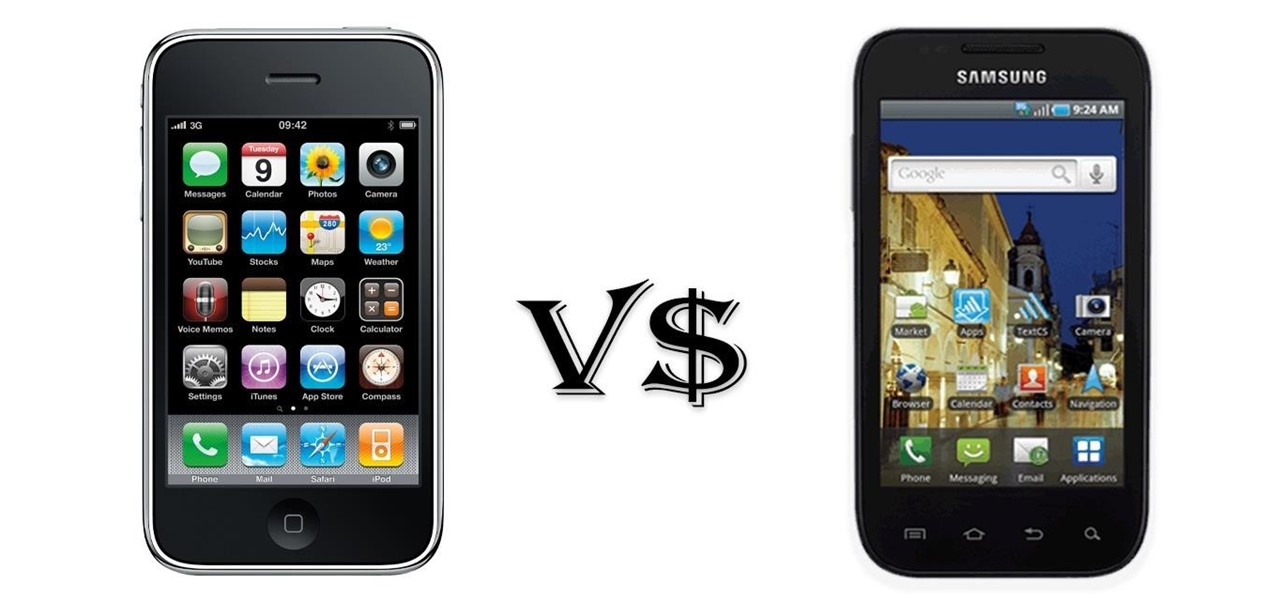




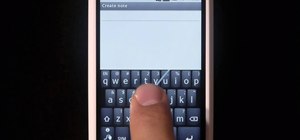


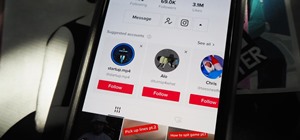

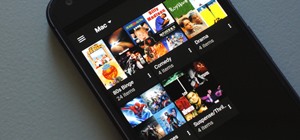
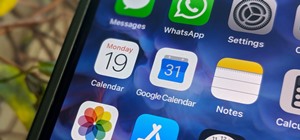
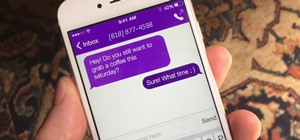


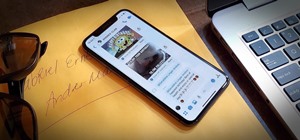

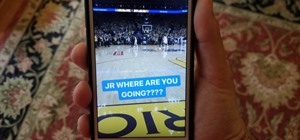


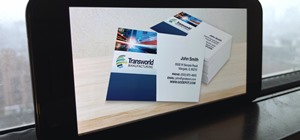


Be the First to Comment
Share Your Thoughts